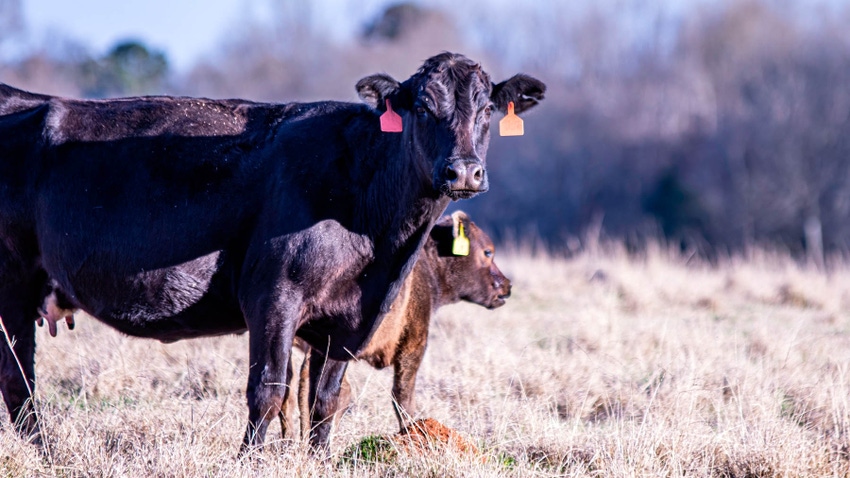
Live cattle trade is part of the integrated markets for beef and cattle in North America. Canada and Mexico account for 100 percent of U.S. cattle imports and 95 percent of cattle exports. Total cattle imports have averaged 1.93 million head annually over the past ten years with a high of 2.36 million head in 2014 to a low in 2022 of 1.63 million. Total cattle imports average roughly 73 percent feeder cattle and about 27 percent slaughter cattle, with less than one percent breeding cattle.
Cattle imports from Canada have averaged about 795 thousand head per year in the past decade and consists of a diverse set of slaughter steers and heifers, slaughter cows and bulls, feeder cattle and breeding cattle. In the last five years, cattle imports from Canada have consisted of an average of 43.0 percent fed steers and heifers for immediate slaughter, consisting of a mix of 43.8 percent fed steers and 56.2 percent fed heifers.
Cattle imports from Canada have included an average of 29.4 percent slaughter cows and bulls (84.1 percent cows and 15.9 percent bulls). Another 25.9 percent of cattle imports from Canada are feeder steers and heifers, with an average mix of 24.4 percent steers and 75.6 percent heifers.
U.S. imports of cattle from Mexico have averaged 1.14 million head per year for the last ten years. Annual imports in the last decade have ranged from a high of 1.44 million head in 2020 to a low of 871 thousand head in 2022. Over the last 30 years, imports of cattle from Mexico have varied from a high of 1.65 million in 1995 to a low of 456 thousand head in 1996. Imports of Mexican cattle average 99.8 percent feeder cattle with just a few slaughter and breeding animals.
The U.S. exports relatively few live cattle compared to cattle imports. Over the past ten years, cattle exports have averaged 241 thousand head, ranging from a low of just under 69 thousand head in 2016 to a high of nearly 511 thousand head in 2021. The total cattle exports in 2021 were the highest in 47 years of available data. Canada and Mexico combined account for 96 percent of total cattle exports in recent years, with roughly 86 percent exported to Canada and 14 percent to Mexico. Roughly 98 percent of cattle exports to Canada are listed as crossbred feeder cattle with the remainder breeding cattle. Exports of cattle to Mexico increased sharply in 2021 and 2022 and consisted of roughly 81 percent crossbred feeder cattle.
Perspective is important to understand the relative magnitude of North American cattle trade.Total imports of feeder cattle have equaled an average of 3.9 percent of the annual U.S. calf crop in the past five years. Imports of fed steers and heifers represented 1.2 percent of total fed slaughter and imported slaughter cows and bulls have averaged 2.9 percent of total cow and bull slaughter in the last five years.
For the first seven months of 2023, total cattle imports are up 12.4 percent year over year. Cattle imports from Canada are down 16.2 percent for the year to date while cattle imports from Mexico are up 39.6 percent over the 14-year low in 2022.
About the Author(s)
You May Also Like




